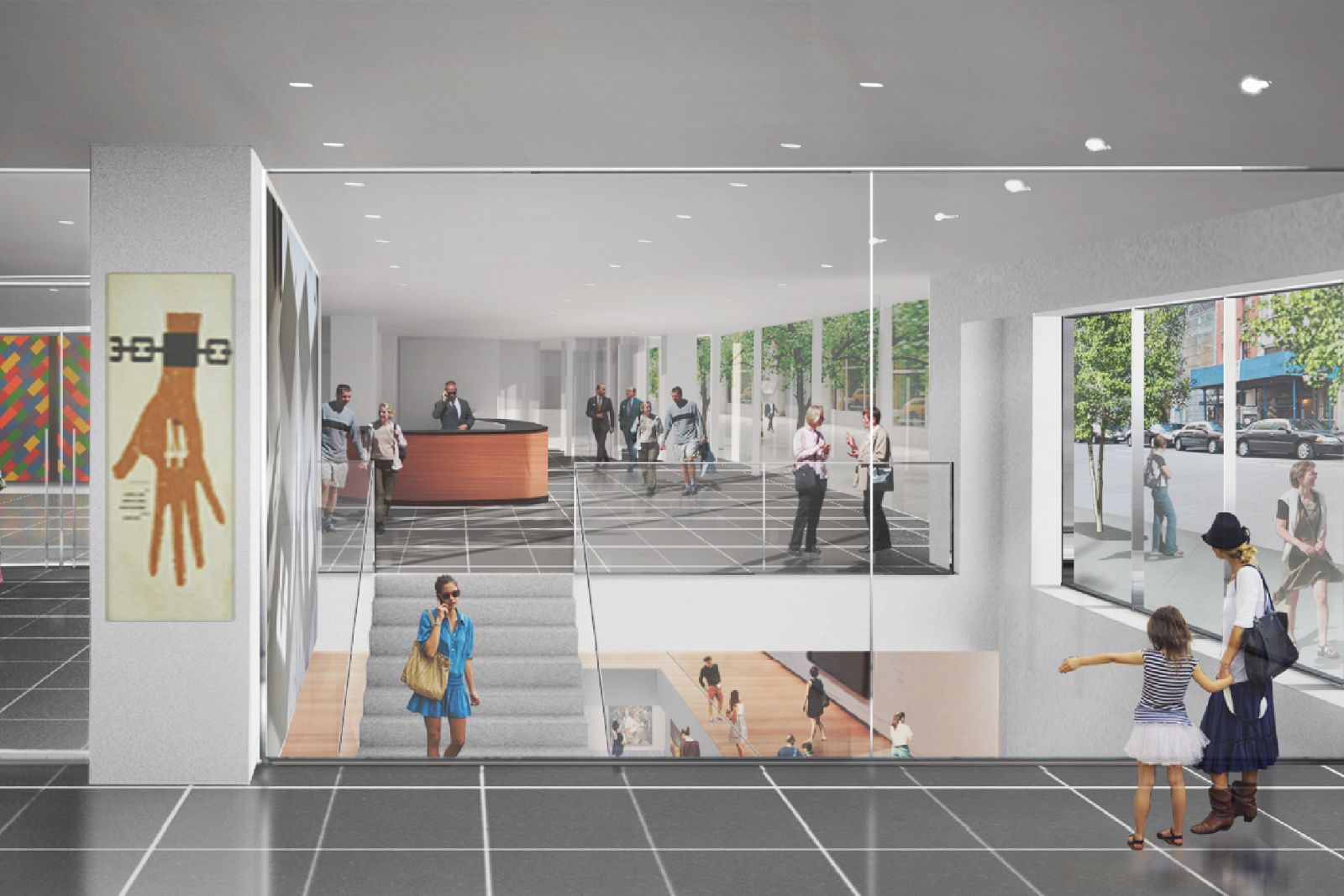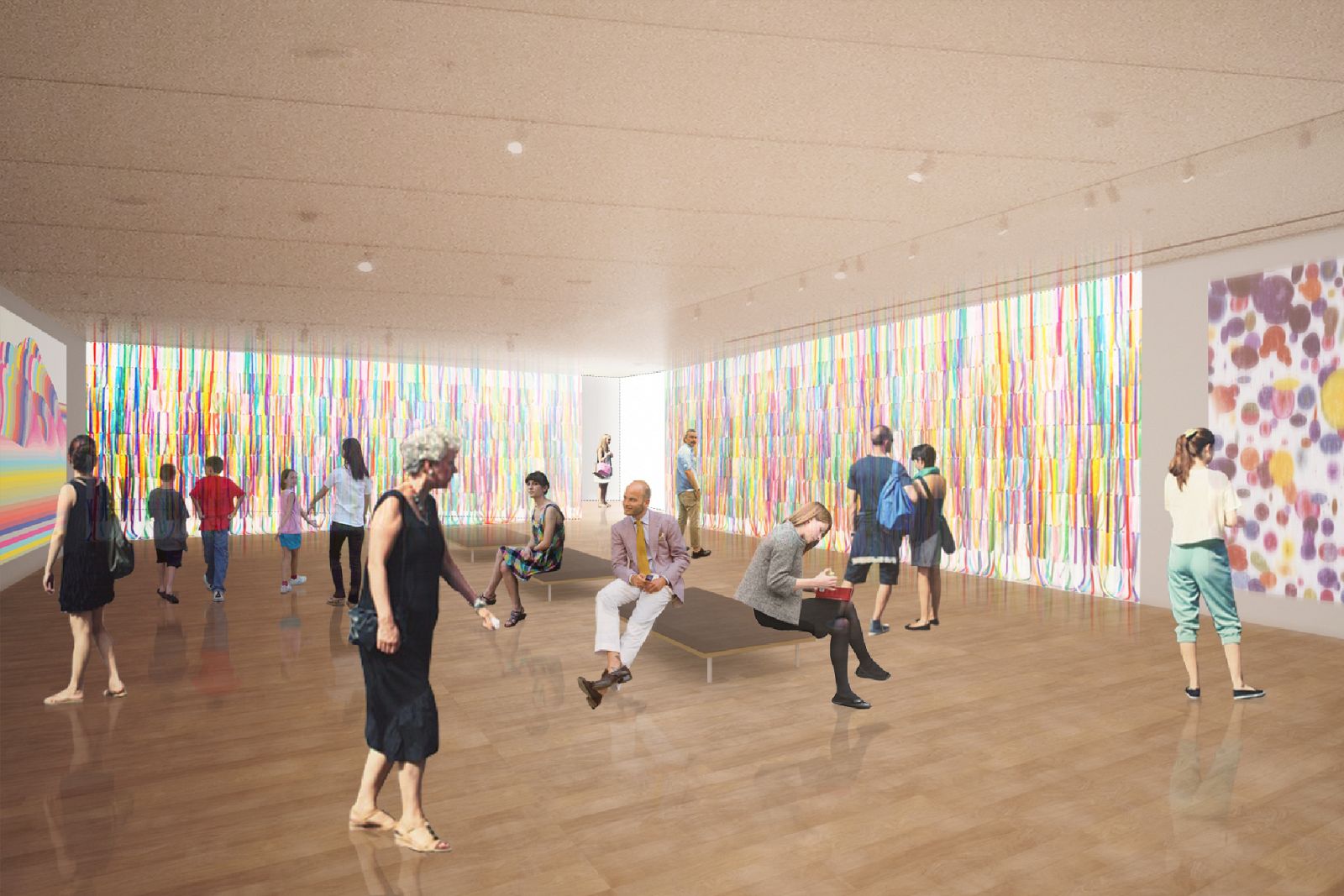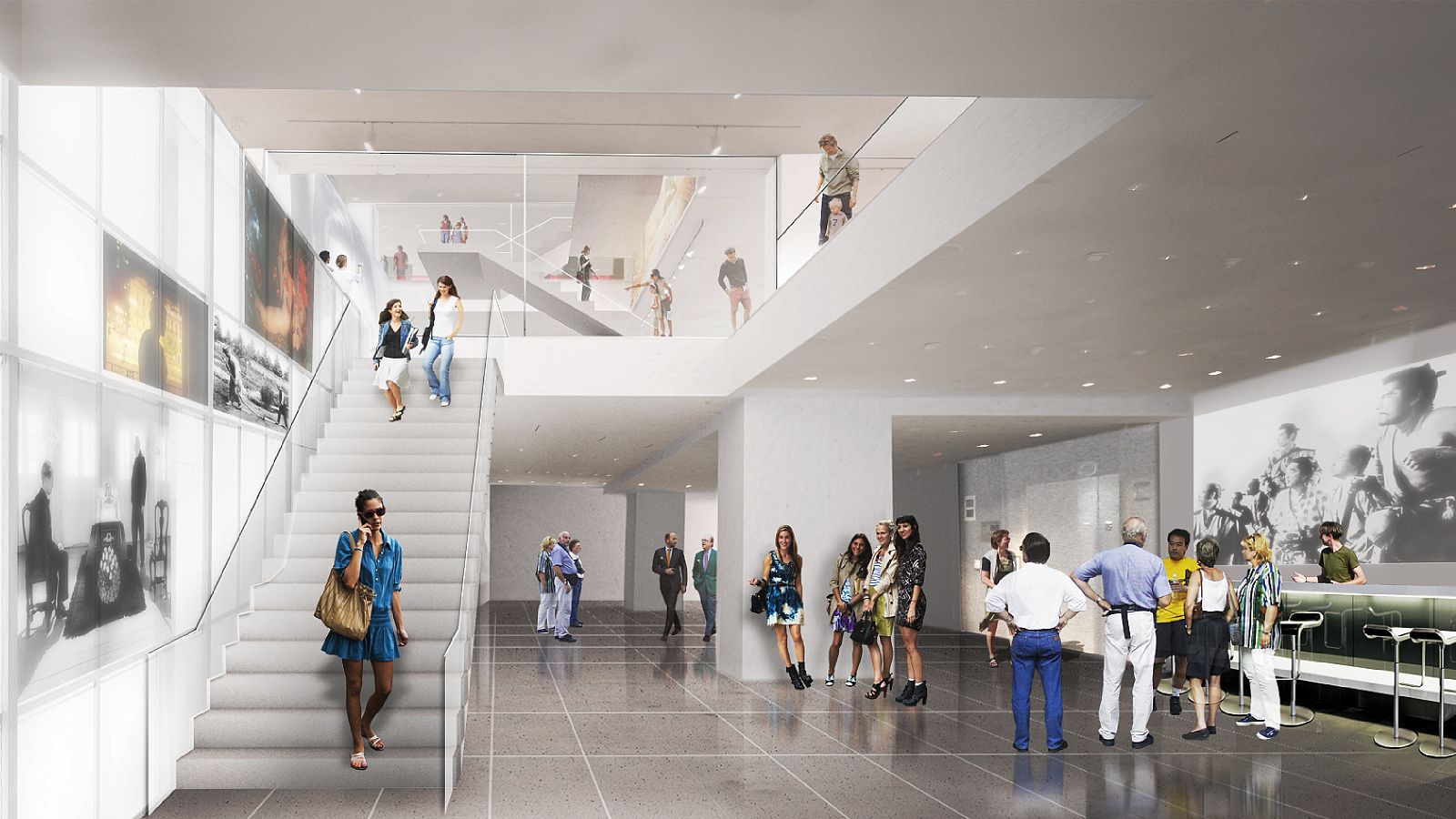MoMA Public Space Study



Through precise and strategic modifications of existing spaces, new settings and adjacencies challenge existing organizational paradigms to create new settings for art.
As a setting for art in the twenty-first century, New York's Museum of Modern Art (MoMA) represents a beacon for the ideals of modernity. With a growing collection, increased programs, and an expanding range of media, the museum is constantly evolving to shape and re-shape its physical settings to best facilitate intellectual and cultural engagement with art of our time.
The Public Spaces Study at MoMA reflects a one-year master plan to study specific strategies that expand and enhance public settings within the museum's existing footprint, engaging visitors in a new way and inciting curiosity in the multidisciplinary breadth of MoMA's collection. Through precise and strategic modifications of existing spaces, new settings and adjacencies challenge existing organizational paradigms to create new settings for art. The reciprocal fields of art and architecture together can create a memorable experience to the multidisciplinary culture within.
A series of strategic interventions target tightly-focused areas within the Museum's walls. Designed to succeed in any combination, existing spaces are reprogrammed to facilitate gallery expansion and create vertical linkages to offer connections where none previously existed. Collectively, these strategies yield unrealized opportunities for engagement between galleries and lobbies, art and visitor, experience and context.




